
Silent Blitzkrieg: the Battle of Fort Eben Emael
By Robert Barr SmithBelgian Fort Eben Emael was as close to impregnable as modern defense works could be—or so it seemed. Read more

Belgian Fort Eben Emael was as close to impregnable as modern defense works could be—or so it seemed. Read more

On May 26, 1940, as the armies of Nazi Germany roared across prostrate France and the British Expeditionary Force was in the midst of its evacuation by sea from the European continent, Italian Army Marshal Pietro Badoglio, 69, was in the waiting room of the Palazzo Venezia in Rome. Read more

By the end of the second day visibility was reduced to almost zero. Burning hulks of everything from ME-109s to M3 “Honey” tanks, Panzer IIIHs, and trucks of all descriptions littered the battleground that was once an airfield. Read more
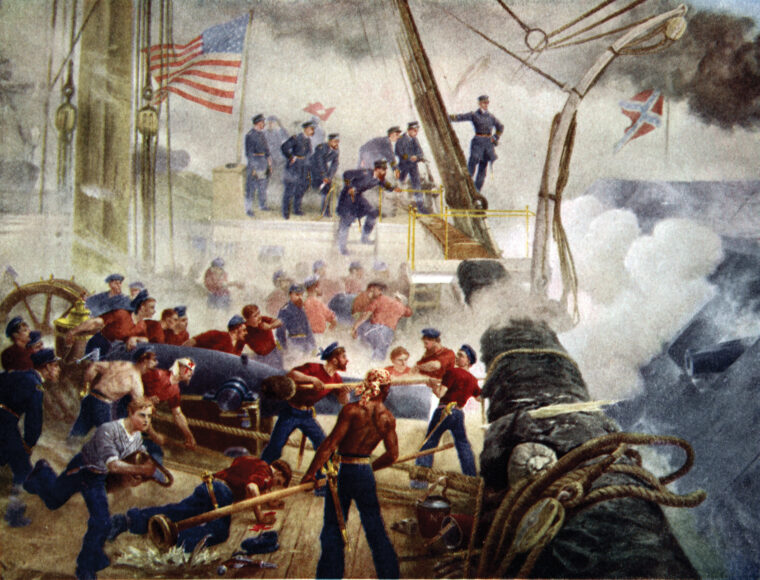
On the night of August 4, 1864, in the cabin of his flagship the USS Hartford, Admiral Farragut read his Bible, arriving at ultimate assurance that God was on his side. Read more

The city-states of ancient Greece were rich in culture and history. But following the Peloponnesian War, which lasted 27 years, they were exhausted, their best young men dead, Attica’s farms ruined. Read more
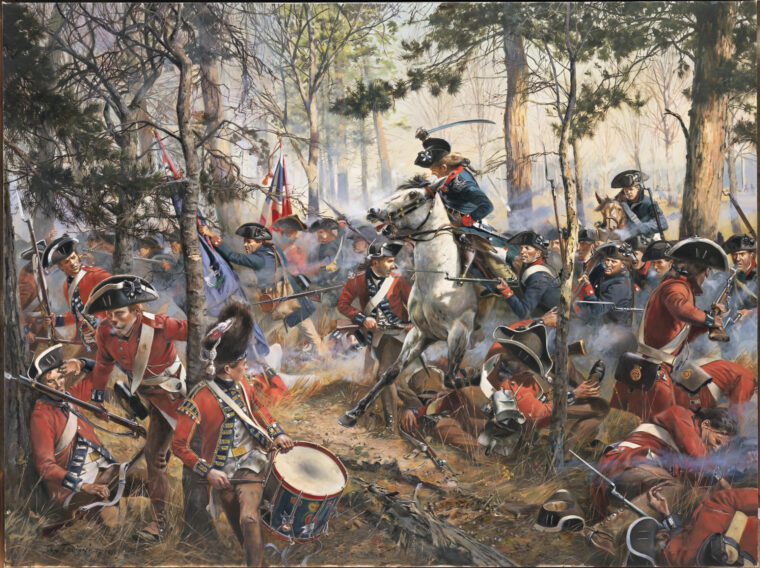
Richard Hovenden of His Majesty’s British Legion Dragoons cautiously urged his tired horse through a parklike expanse of tall trees that marked the entrance to a South Carolina country crossroads junction called locally “Hannah’s Cowpens.” Read more
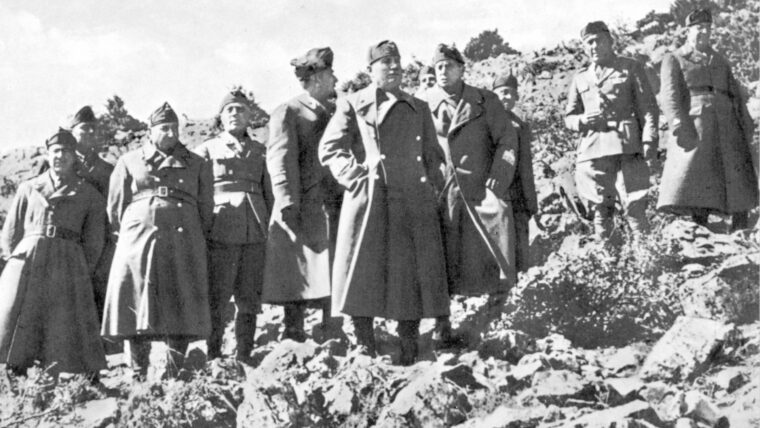
A thin shaft of moonlight played over the broad, deserted boulevard leading to the suburban Athens home of Greek Prime Minister John Metaxas on the night of October 28, 1940. Read more

Morris “Moe” Berg was a man of many talents: linguist, lawyer, baseball player, spy. Although this Renaissance man gained a modicum of celebrity on the baseball diamond, Berg is best remembered as an operative for the OSS (Office of Strategic Services), a World War II forerunner of the U.S. Read more
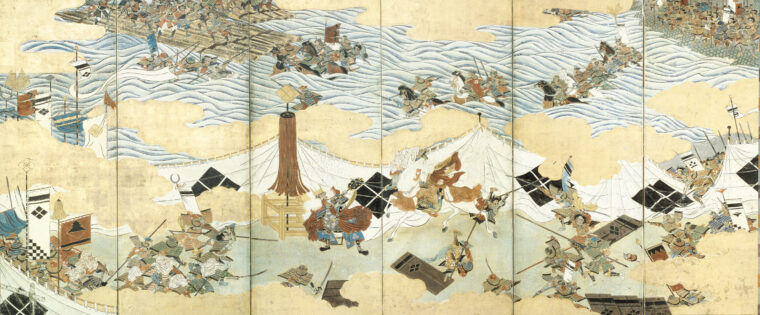
In 1490 Japan entered a crucial period of its history known as the sengoku-jidai, or the “Age of the Country at War.” Read more

The medieval polearm was the Colt Pistol equalizer of the Middle Ages. it placed the common infantry soldier on par with the heavily armored horseman. Read more

May 1, 1944. Marshal of the Soviet Union Ivan Stepanovich Konev had a right to be pleased with himself and his men as he gazed at the maps spread before him. Read more

As a captain during World War II, George Mabry, with the 4th Infantry Division, slogged ashore on Utah Beach on D-Day and led troops through the Normandy Campaign. Read more

Unmistakable—that is what Angus McBride’s illustrations are. They reconstruct a past that is filled with drama and danger, as well as wonder and humor. Read more

The affection that Europeans have for the Great American West is well known, so it shouldn’t be surprising that several traveling Wild West Shows happened to be in enemy territory when World War I broke out. Read more

In ad 305, there occurred an event unprecedented in the history of the Roman Empire. Emperor Diocletian voluntarily abdicated to live the simple life of a farmer on his country estate. Read more

Almost as long as there have been history buffs there have been scale models. Toy soldiers have been popular among children for hundreds of years, but it was the introduction of specialized military vehicles that really gave birth to scale models after World War I. Read more

In mid-December 1941, during the thick of the Battle of Wake Island, the 400 U.S. Marines who called the island outpost home stood a lonely sentinel in the watery Central Pacific wilderness, like a cavalry fort in an oceanic version of the Western frontier. Read more

As in thousands of other homes across America, there was an air of tension in the living room of the modest frame house at 98 Adams Street, Waterloo, Iowa, on the afternoon of Sunday, December 7, 1941. Read more
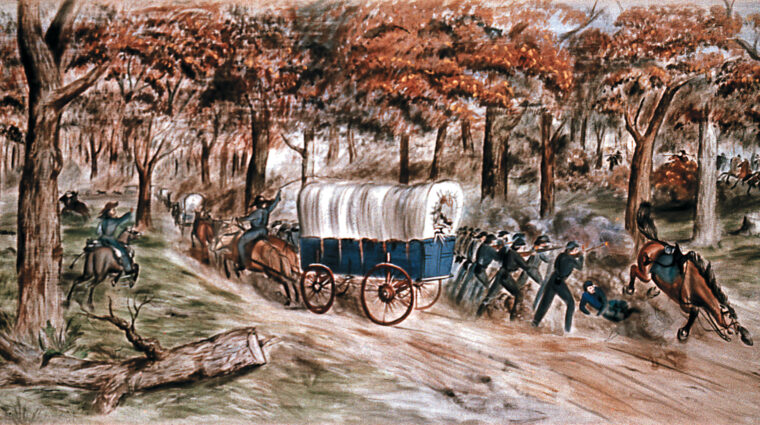
During the evening of September 20,1863, the following message reached Washington and was given to the president of the United States: “We have met with a serious disaster; extent not yet ascertained. Read more

War produces casualties … and captives. Much “war art” concerns itself with the heroics and clash of battle, the sway of forces, and the turns of history. Read more